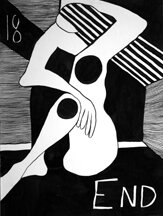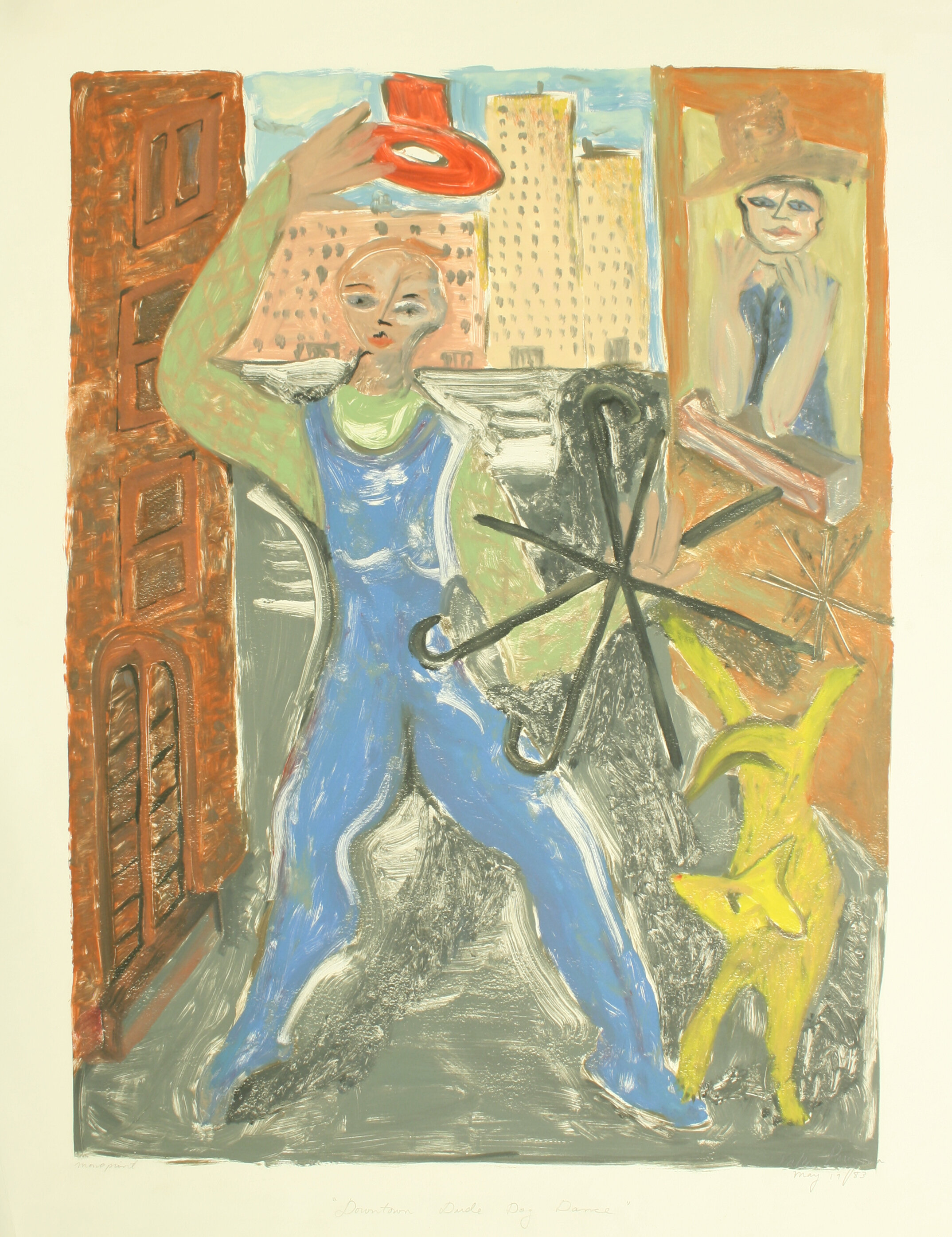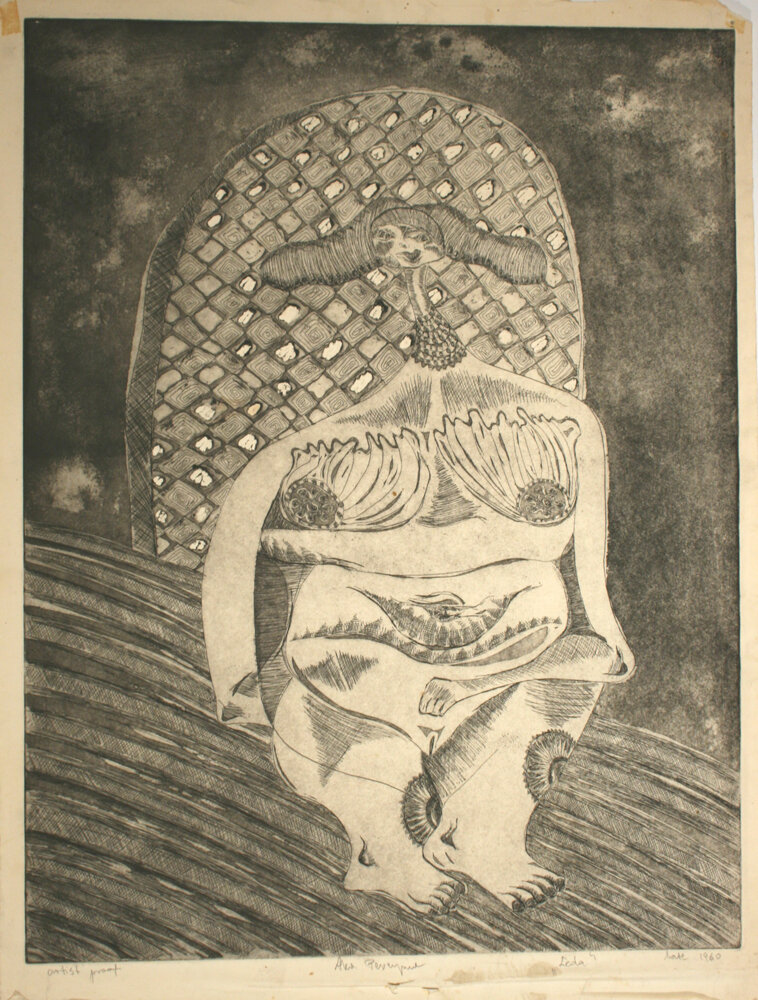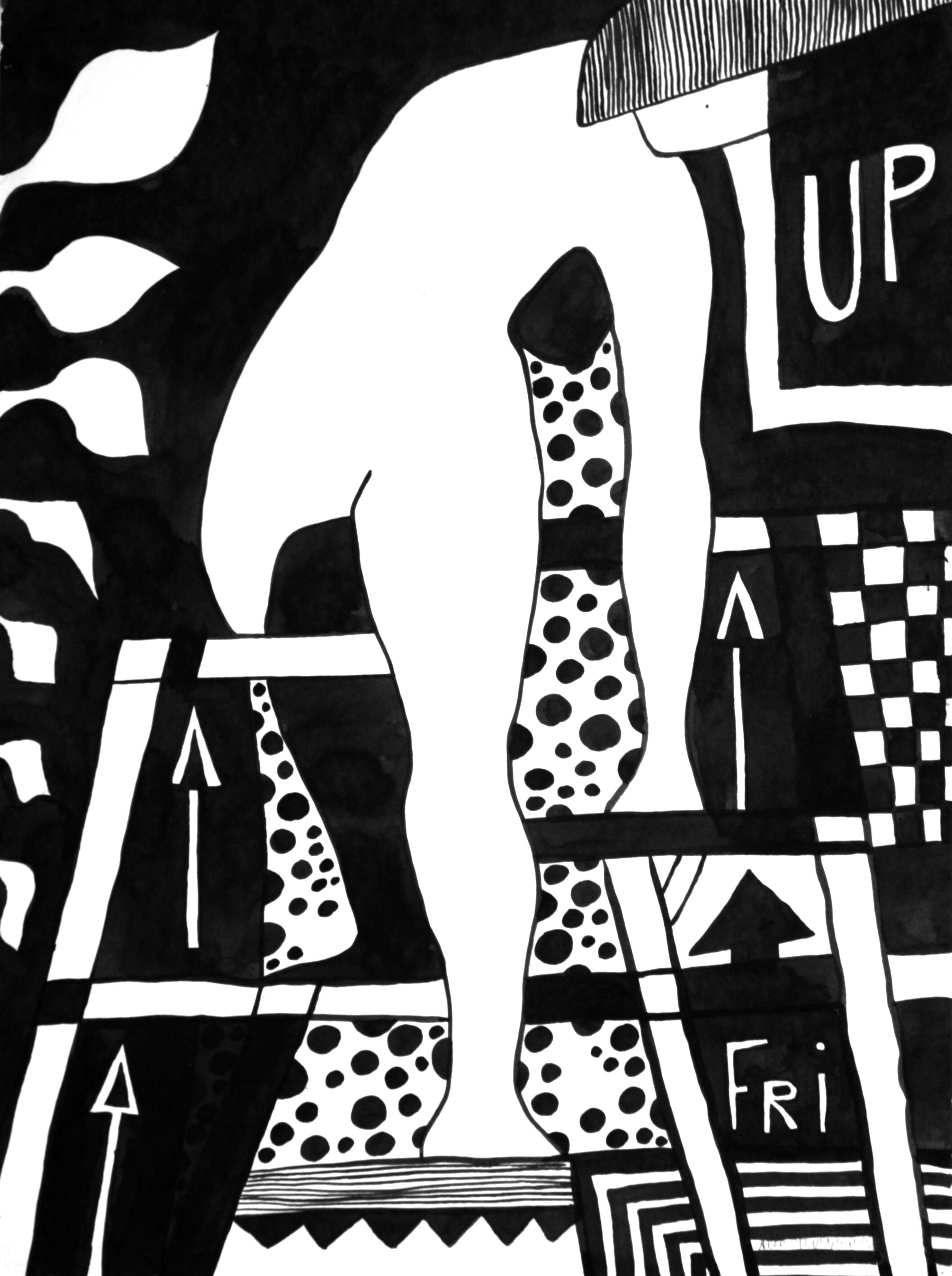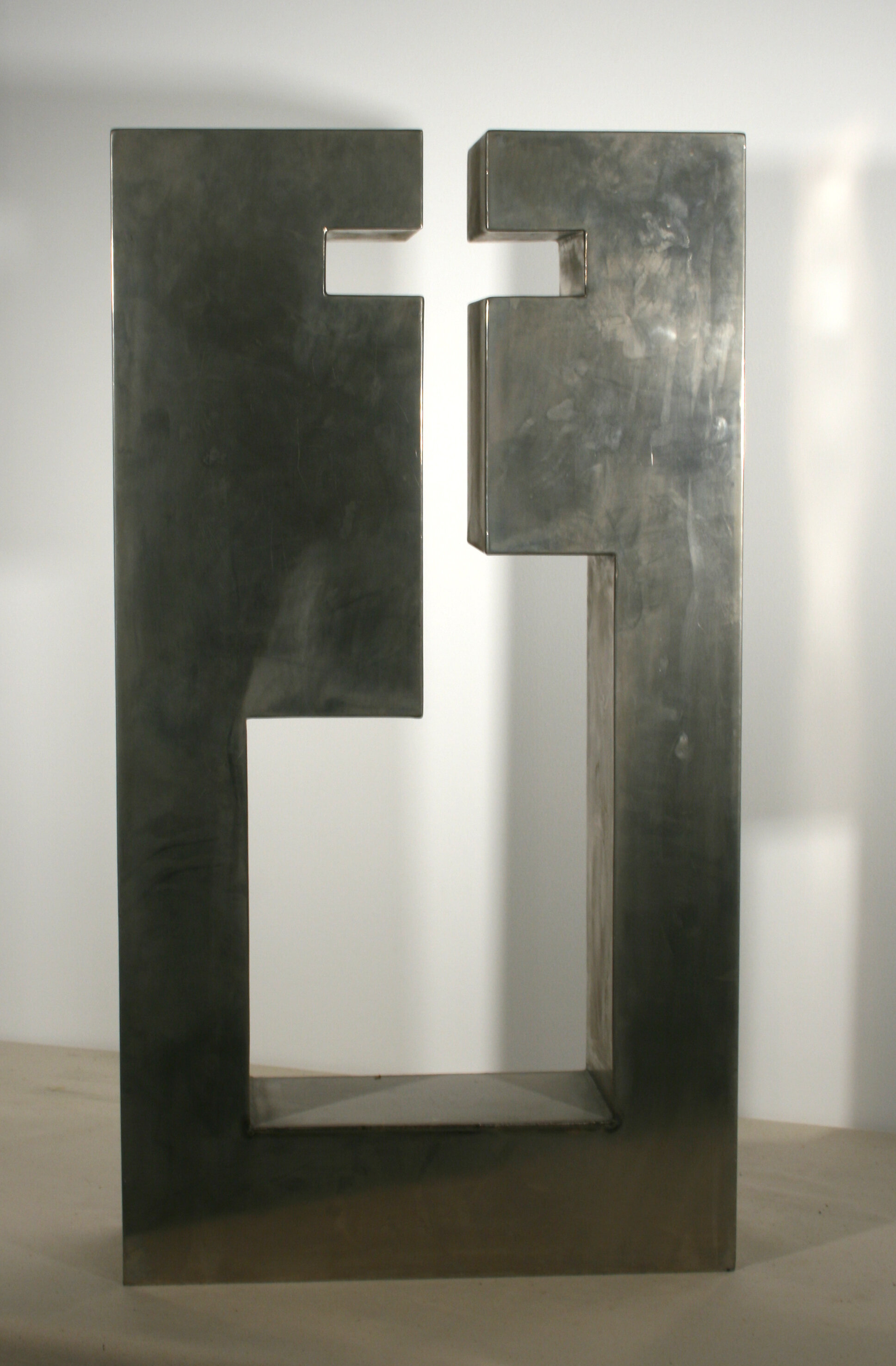Aka Pereyma
Aka Pereyma was born in 1927 in Poland and relocated to Ukraine with her parents in 1940. In 1944, Pereyma and her family moved to Austria and soon after to Germany. In 1950, she immigrated to the United States, settling in Troy, Ohio, until her death in 2013.
Pereyma studied at the the Dayton Art Institute from 1960 to 1963 and at the School of the Art Institute of Chicago from 1963 until 1964. She worked in various media, ranging from welded metal sculptures to drawings, prints, paintings and collages, and drew inspiration from Ukrainian folklore and folk-art. Motifs from pysanky (Ukrainian Easter eggs) and embroidery were included in many of her works, and her subject matter was often influenced by the Ukrainian folk songs her mother sang to her as a child. In an article from the Ukrainian Weekly, she says “Often, when I admire the color intensity and the composition in contemporary art of the Western world, I come to the conclusion that I have seen it before - in Ukrainian Easter eggs, icons, embroideries and pottery. In Ukrainian folk art I can also see the elements of Cubism, Op-Art, Minimalism and other modern art movements." (“Artworks by Aka and Christina Pereyma on View at University of Dayton.” Ukrainian Weekly, 4 July 2004.)
Aka Pereyma’s sculpture, A Pair, 1994 can be situated within several works depicting embracing couples in late 19th and early 20th century European art, in particular, Auguste Rodin’s sculpture, The Kiss (1885) and, of the same title, Constantin Brancusi’s The Kiss (1908). Brancusi’s, a carved limestone block composition of a man and woman, can be understood for the stability of the couple’s relationship. Individual features are minimally depicted, emphasizing rather, the couple’s hair and arms around each other. The viewer is lead to visually focus on the larger sculptural whole, and the couple as a unit. Pereyma’s A Pair, proposes a similar concept, with some clear differences. Welded in steel, the artist has not added identifying gender features, preferring to maintain the object’s flatness. Each individual faces the other as in Brancusi’s work, yet they are only physically united by the base, providing support to the entire sculpture. The space in between each individual is defined by right angles in the shape of a cross, suggesting the partnership is defined by a Christian framework.


